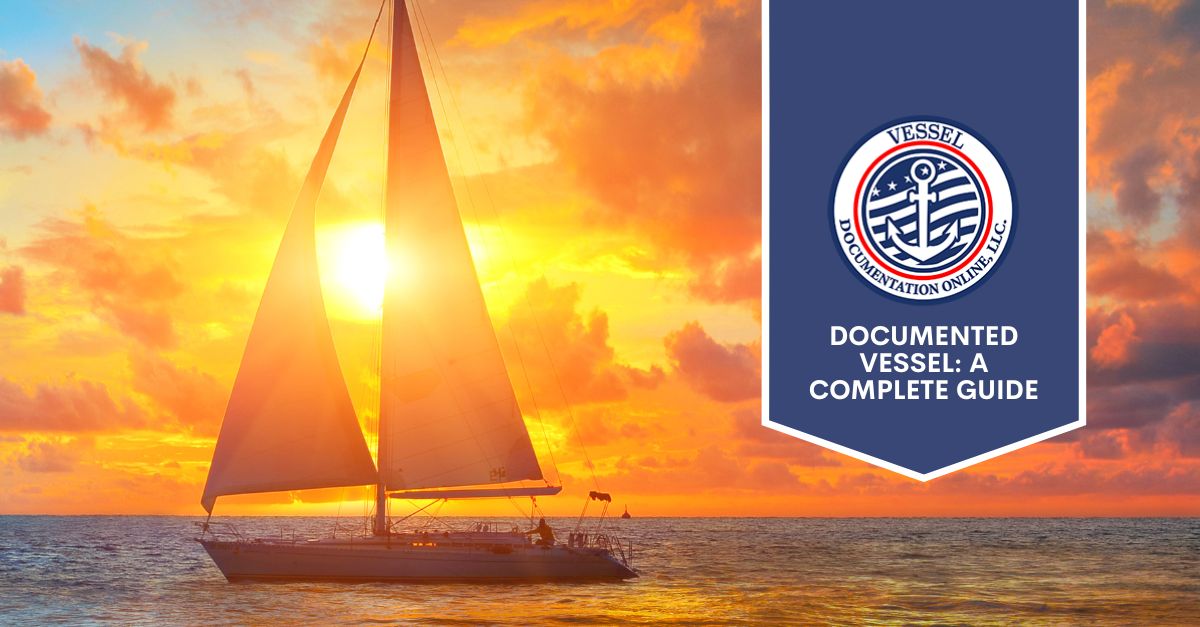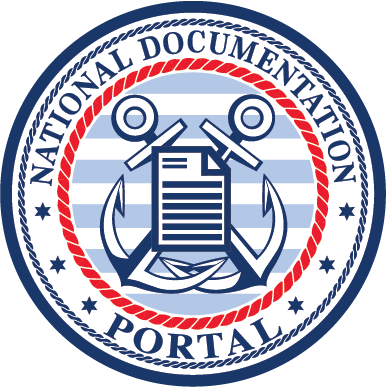
Are you wondering,” what is a USCG documented vessel?” If this is you, is this the right article for you? You are required to record your vessel with the appropriate papers to maintain your boat in conformity with the requirements set out by the Coast Guard. By using this comprehensive handbook, you will be walked through the process of documenting your boat and showing what is necessary to maintain it in compliance. Be careful to read this guide before submitting your documents, regardless of whether this will be your first time owning a boat or if you have been sailing for years. Some responsibilities fall on your shoulders as the owner of a documented vessel to ensure that your boat continues to comply with the laws set out by the US Coast Guard. Documenting your watercraft will be a breeze and won’t cause any headaches if you follow the steps in this article. The following are some suggestions that will assist you in making the procedure simpler.
Keep Your Certificate of Documentation and Registration Up-To-Date
Updating your boat’s paperwork is crucial for legal reasons, but it also simplifies docking and disembarking at the marina according to texas.gov. Each state will have its standards for the paperwork you’ll need. Check with the DMV in your state for the specifics. Still, you’ll generally need at least one certificate of documentation (a permanent license confirming ownership and name) and one registration certificate with you (a temporary license showing ownership). In both cases, you may use the registration as evidence of right if you have two persons listed on the boat registration as owners. Having both on hand is a good idea from a practical standpoint. Maintaining a record of all of your vessel’s repairs can also help you if your documented vessel is ever subject to an inspection or legal procedures.
Make Sure All Required Safety Equipment Is on Board and In Good Condition.
Check that all of the necessary safety equipment is on board and everything is in working order. Verify that the life vests are in excellent shape and have new batteries installed, check that all of the lights on the boat, from the bow to the stern, are operational, and ensure that the fire extinguisher and the flares are on board. Make sure that everyone on board knows how to put on and adequately remove their life jackets and that they can do it without difficulty. It is essential to ensure that you have a method of getting in touch with someone if anything unexpected occurs or if you are about to go on a lengthy journey. Now could be an excellent time to get a boating-specific mobile phone charger or a satellite communication device if you don’t already have one.
Follow The Load Restrictions Outlined in Your COI For Your Documented Vessel
There are limitations placed on the kind of items that may be brought on board, just as there are with any other type of vehicle. The only real distinction is that, as a documented vessel, your maximum load capacity is determined by your total weight rather than the sum of the importance of each item. If the weight of your cargo exceeds the “carrying capacity” specified in your COI, you will be required to employ expert assistance to lower the total weight in your load before departure. This might result in costs of several thousand dollars, depending on how much additional weight is considered excessive. When deciding what to bring on board, remember that anything weighing more than 30 pounds has to be fastened in a particular manner. This is to ensure that it does not shift during movement and do any harm to the vehicle.
File A “Vessel Incident Report” If Something Happens That Affects the Seaworthiness of Your Vessel
As a sailor, you must keep a Vessel incident report for every voyage. If your vessel takes on water or loses its steering, this is where you record the details of the incident. In addition to ensuring that you won’t be held liable for an accident, the report is the best way to ensure that you arrive at your destination without equipment issues. You must report any damage to your vessel as soon as it occurs. Incident reports on vessels are statements made by the ship’s skipper, owner, or crew about an incident on board that may have affected the vessel’s seaworthiness. Title 46 Part 11 of the Code of Federal Regulations mandates this report.
If you’re reading this, you probably have a question about Contact Vessel Documentation Online LLC. We’re here to help! We know many people are intimidated by numbers, so we’ve broken down the most common questions our potential customers have. If your question isn’t answered below, please call us at (877) 564-1398.


